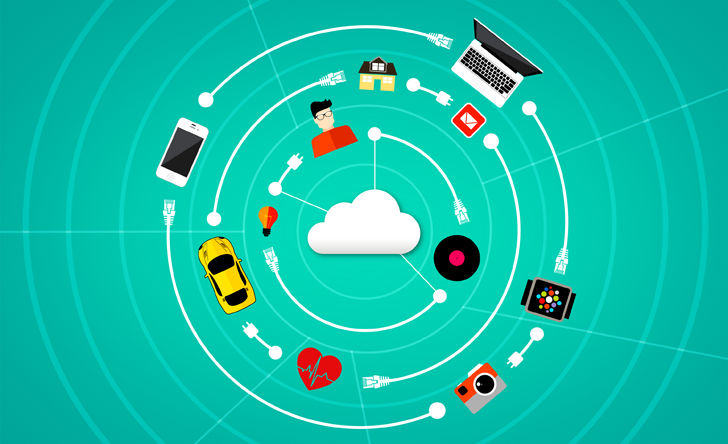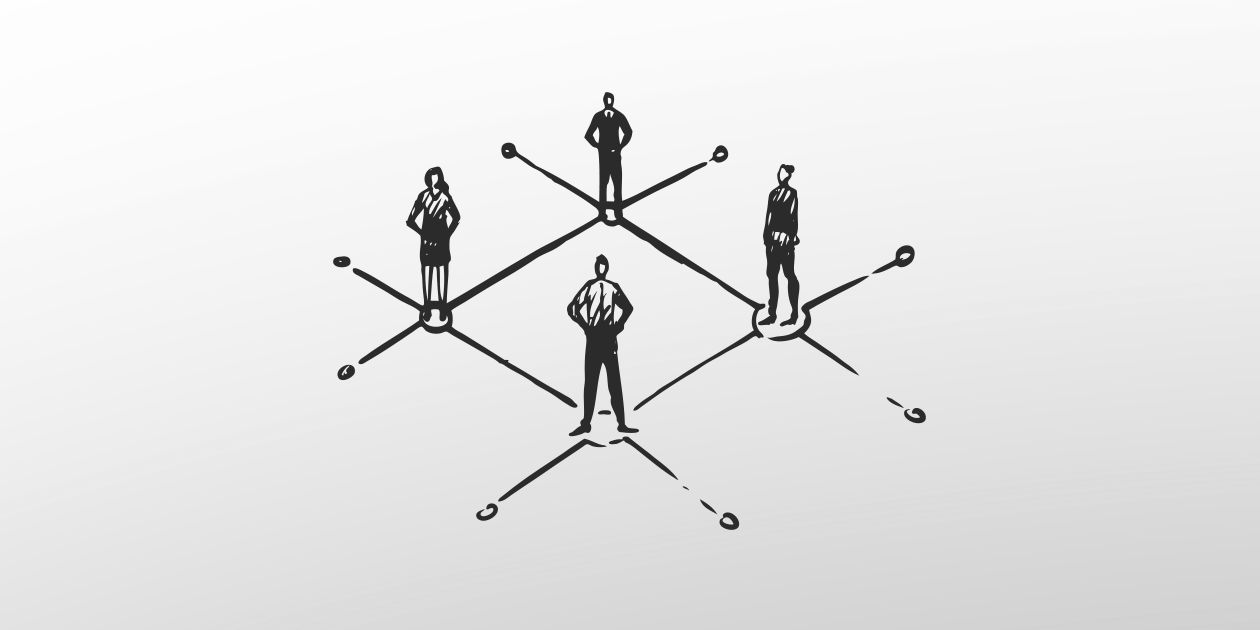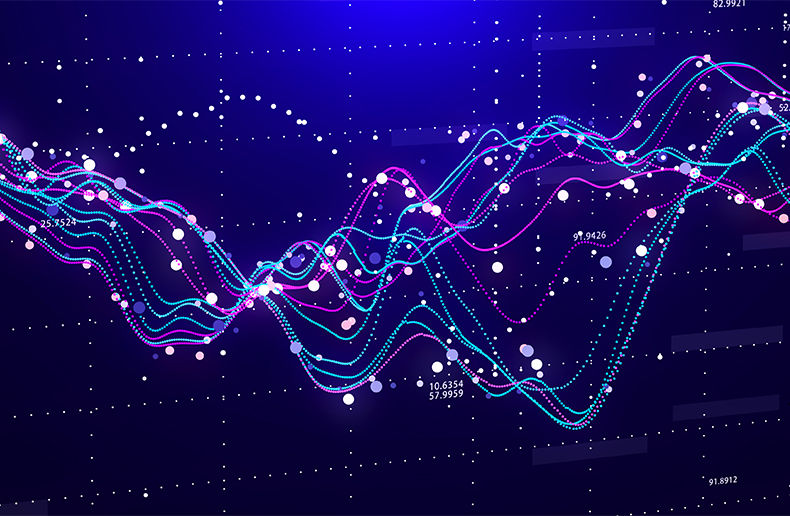Technological development and its significant presence in consumers' lives is altering the world of insurance.
This is what McKinsey & Company says in its report Digital Ecosystems for Insurers: Opportunities through the Internet of Things. The connection between the Internet and certain objects, commonly referred to as the Internet of Things (IoT), is becoming more and more attractive for insurers, but it is especially beneficial to them.
Connected devices can transfer huge volumes of data to their suppliers or to third parties. Whether for a real-time analysis or to automatically trigger reactions or services, say the researchers of the management and consulting firm.
Such devices include smart phones, exercise watches, GPS or wave sensors for the analysis of ratings. “In 2010, people owned 12.5 billion networked devices; it is estimated that by 2025 that number will have climbed to more than 50 billion,” says the report.
How insurers use the Internet of Things
Traditionally, insurers have used IoT features to facilitate interactions with customers and to speed up and simplify the processing of underwriting and claims. However, new business and service models have emerged on the market. Researchers at McKinsey & Company specify that in this context, digital networking via IoT could become a strategic element for insurers. IoT enables the development and opening of new distribution channels and extends their role to forecasting, prevention and support.
The report also mentions that the IoT allows insurance companies to identify risks more precisely because it takes into account more factors, but also because it retains even more data. For example, auto insurance has always relied on indirect indicators, such as the driver’s age, address and creditworthiness to set premiums. Insurers now have access to data on driver behavior and vehicle use, such as driving speed and nighttime driving frequency.
4 digital ecosystems
The IoT brings with it four ecosystems that McKinsey considers very attractive to insurers. These are four business sectors where data collection is plentiful and fertile: mobility/connected car, smart housing, connected health and commercial lines.
Mobility/connected car
McKinsey says the smart car ecosystem is changing competitive parameters, especially for insurers. “To minimize the impact of any resulting decrease in premiums, it will be important for insurers to explore additional levers in conjunction with reducing claim expenditure via optimized risk selection,” says McKinsey. Initiatives include more effectively combatting fraud, increasing use of allied repair workshops, and offering assistance and service add-ons.
Smart housing
Since the arrival of smart thermostats, such as Nest, and voice assistants like Alexa and Google Home, smart home insurance products have grown. Formerly established in the traditional property and casualty insurance segment, insurance protection sold in the housing segment is now marketed as products better suited to the needs of customers, in parallel with traditional products.
Connected health
An extension of smart housing, which is part of the "connected health", The Ambient Assisted Living is useful for people with reduced mobility. McKinsey says such products will be more available, especially because of the aging population.
Commercial lines
Commercial ecosystems are one of the areas of high added value for insurers, says McKinsey. These are ecosystems centered on distribution to business partners and on valuing partnerships according to a company's value chain, the sum of the steps that determines the capacity of a business area.
In the business ecosystem are many stages of the value chain. For example; product innovation, distribution, risk prevention, supplier network management and risk capital adequacy.
“Investing in innovative approaches will only pay off and be successful in the long term if customers understand and can see the benefits, which should include more favorable prices and rebates, additional services, and greater convenience,” concludes McKinsey.







